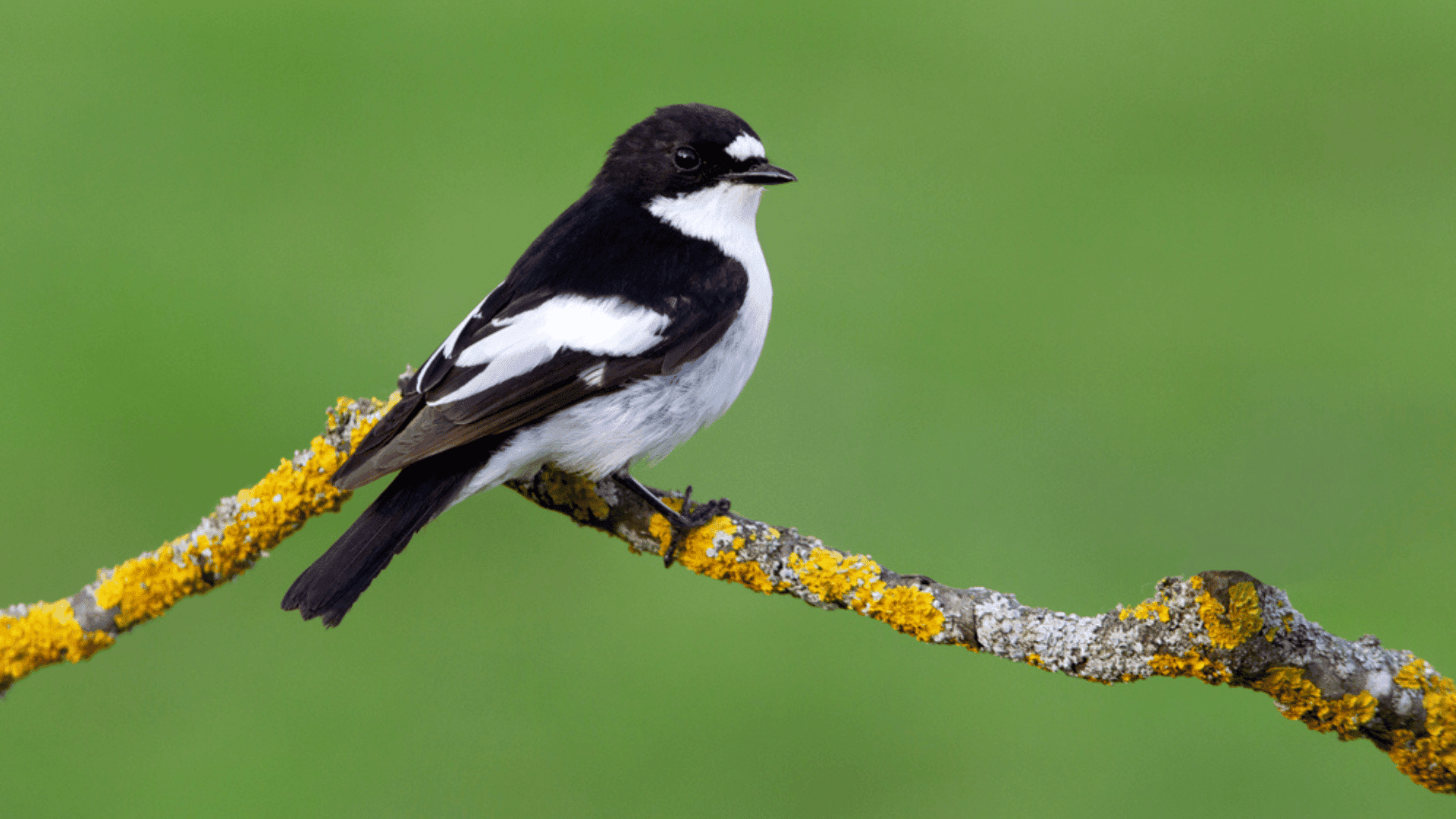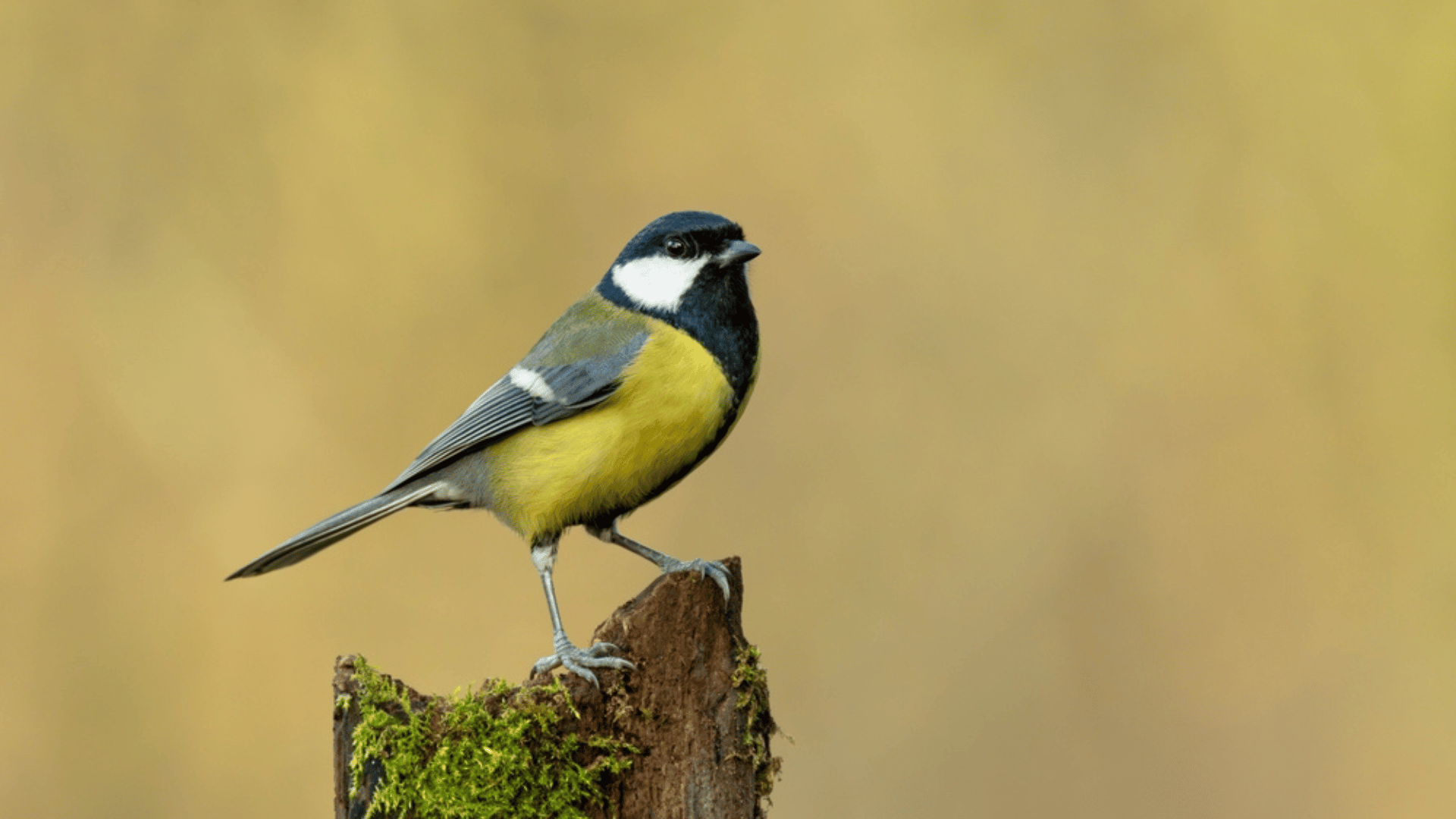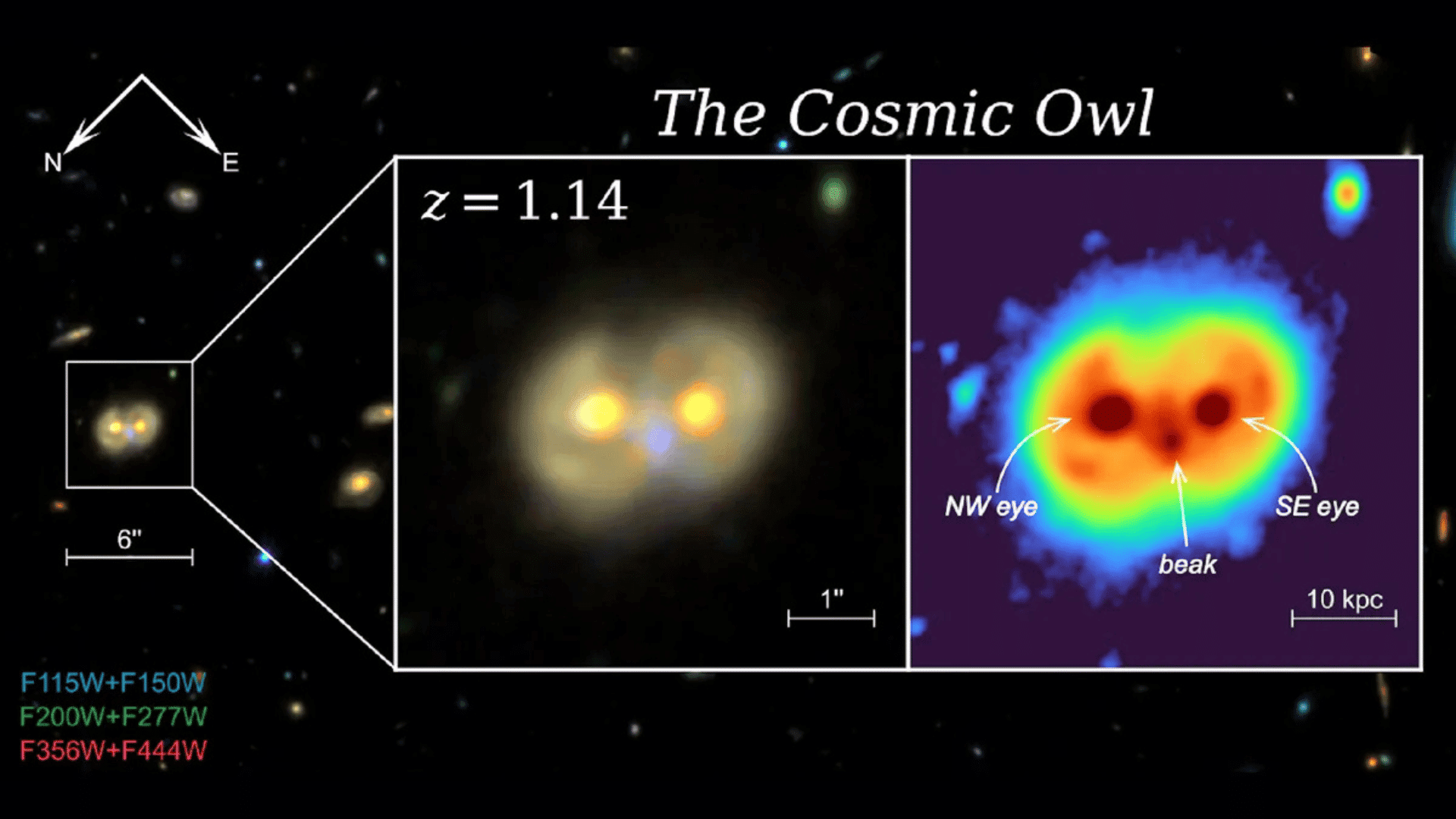New research observing songbirds in the Chernobyl Exclusion Zone (CEZ) has found a link between their gut microbiome and the area’s radiation levels.

The CEZ is the highly contaminated area in Ukraine surrounding the Chernobyl Nuclear Power Plant, which is the site of the infamous nuclear meltdown in 1986. Though biodiversity has bloomed in the absence of humans since the area became uninhabitable, it appears that the biology of certain species such as wolves and birds are being altered by extended exposure to the area.
“The consequences of radiological contamination to wildlife are still widely unknown, especially the risks posed to wildlife in early life,” Sameli Piirto, a PhD researcher at the University of Jyväskylä, said in a statement. “Radiological contamination creates an additional stressor that organisms must cope with, leading to a myriad of consequences that are not yet fully understood. Studying the effects of it is crucial if humanity is to pursue an even more nuclear future.”
The new study examined two types of songbird species occupying the area: the great tit (Parus major) and the pied flycatcher (Ficedula hypoleuca). Several bird boxes were placed in two different regions – one with high levels of radiological contamination and another with relatively low contamination.

Researchers compared the bird inhabitants from both sites using a series of tests. Though fewer nests were found in the highly contaminated areas, there were no notable differences in breeding ecology and nestling health between the two groups of birds.
Additionally, the birds in the more contaminated areas ate a higher diversity of insects. When researchers examined the birds’ gut microbiome, however, they noticed some differences that may impact their health.
Though environmental radiation levels don’t appear to have impacted the variety of bacteria in the gut microbiome, they did influence the proportions of different types of bacteria.
“These results create an interesting background for understanding avian ecology in radiologically contaminated areas. They give us valuable novel information on the effects that radiation has on juvenile birds – an area of research that has been unclear until now,” said Piirto.







